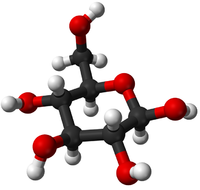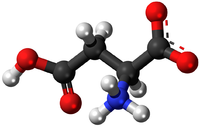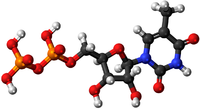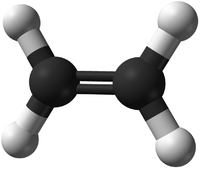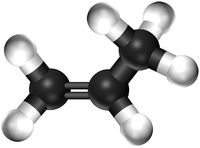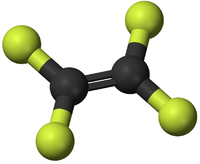Difference between revisions of "Monomer"
(→Examples) |
|||
| Line 34: | Line 34: | ||
|- | |- | ||
|[[File:BallandStickEthene.png|center|200px]] | |[[File:BallandStickEthene.png|center|200px]] | ||
| − | |[[File: | + | |[[File:BallandStickPropene.png|center|200px]] |
|[[File:BallandStickTetrafluoroethene.png|center|200px]] | |[[File:BallandStickTetrafluoroethene.png|center|200px]] | ||
|} | |} | ||
Revision as of 13:01, 18 January 2019
Key Stage 4
Meaning
A monomer is as small molecule that can bond with other molecules to form a polymer.
About Monomers
There are several monomers that you may know:
- Glucose - This monomer comes together in a Condensation Polymerisation to form the polymers; starch and glycogen.
- Amino Acids - This monomer comes together in a Condensation Polymerisation to form the polymers known as proteins.
- Nucleotides - This monomer comes together in a Condensation Polymerisation to form the polymer; DNA.
- Ethene - This monomer comes together in an Addition Polymerisation to form the polymer; polythene.
- Propene - This monomer comes together in an Addition Polymerisation to form the polymer; polypropene.
- Tetrafluoroethene - This monomer comes together in an Addition Polymerisation to form the polymer; polytetrafluoroethene.
Examples
| Glucose | Amino Acid | Nucleotide |
| Ethene | Propene | Tetrafluoroethene |
